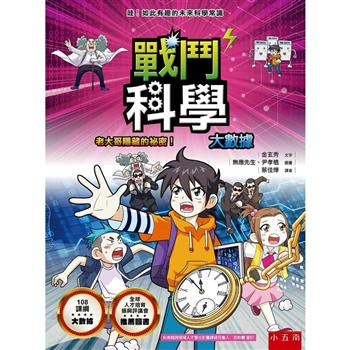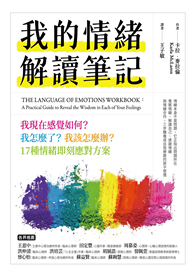This second, thoroughly updated edition of The Routledge International Handbook of Children, Adolescents, and Media analyzes a broad range of complementary areas of study, including children as media consumers, children as active participants in media making, and representations of children in the media.
The roles that media play in the lives of children and adolescents, as well as their potential implications for their cognitive, emotional, social, and behavioral development, have attracted growing research attention in a variety of disciplines. This handbook presents a collection that spans a variety of disciplines including developmental psychology, media studies, public health, education, feminist studies, and the sociology of childhood. Chapters provide a unique intellectual mapping of current knowledge, exploring the relationship between children and media in local, national, and global contexts.
Divided into five parts, each with an introduction explaining the themes and topics covered, the Handbook features over 50 contributions from leading and upcoming academics from around the globe. The revised and new chapters consider vital questions by analyzing texts, audience, and institutions, including:
- media and its effects on children’s mental health
- children and the internet of toys
- media and digital inequalities
- news and citizenship in the aftermath of COVID-19
The Handbook’s interdisciplinary approach and comprehensive, current, and international scope make it an authoritative, state-of-the-art guide to the field of children’s media studies. It will be indispensable for media scholars and professionals, policy makers, educators, and parents.












